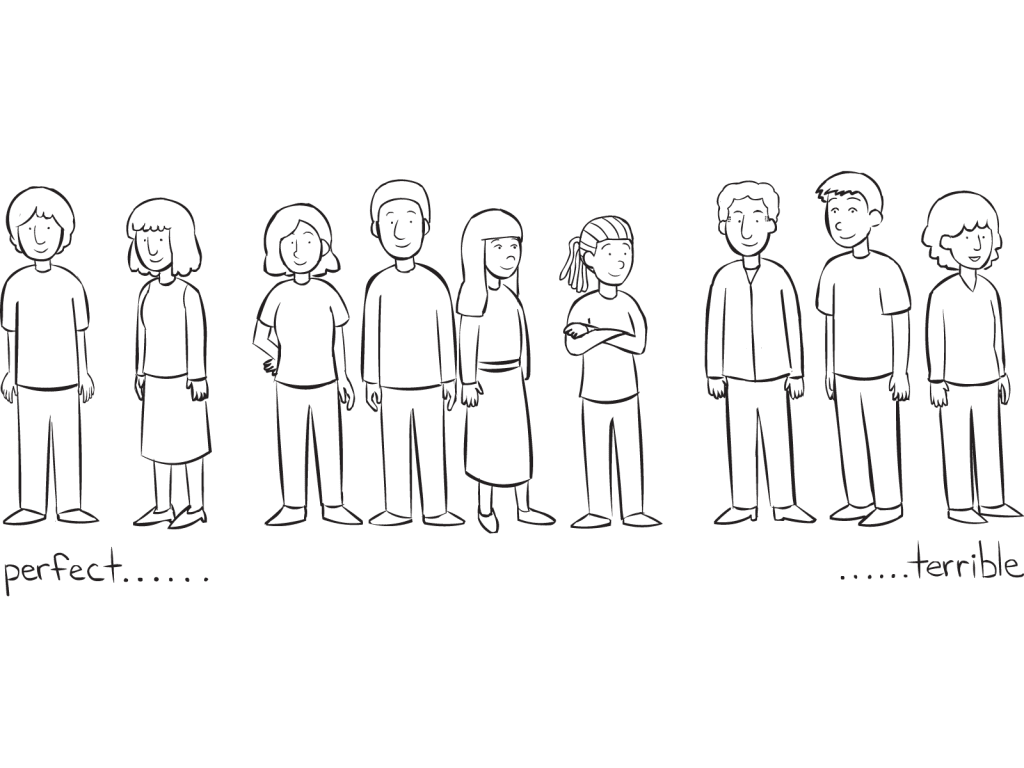Save to Playlist
Step-by-Step Instructions
Video Tutorial Premium
How To Play Narrative Premium
Practical Leadership Tips Premium
Social-Emotional Learning Premium
Health & Wellness Programming Premium
Popular Variations Premium
Virtual Adaptation Premium
You Might Also Like... Premium
Useful Framing Ideas Premium
Source Premium

No Props No Problem
Brand NEW book featuring 150+ outrageously fun group games & activities. Scan QR codes to connect to tons of digital content including video tutorials.
Add to Cart
NEW – No Props No Problem
The best-selling book featuring 150+ outrageously fun group games & activities. Scan QR codes to access exclusive digital content including video tutorials.

Free Ice-Breakers & Group Games
Ten of the best no-prop, interactive ‘get-to-know-you’ games & activities. 100% fun, your group will love ’em. Our most successful giveaway, 10,000+ downloads so far…
Top Ten Icebreakers & Group Games
Download our free 28-page ebook jam-packed with outrageously fun activity ideas.
Just one more question:
I am interested in…
Choose a plan that’s right for you
We offer a range of membership plans with no surprises.
Click an option below & discover our simple pricing.

Individual
Click here if you’re a:
- Teacher
- Corporate trainer
- Outdoor educator
- Camp leader
- Youth leader
- Conference organiser
- Therapist/counsellor
Membership Plans

Enterprise
Click here if you represent a:
- School
- Corporation
- Community-based Organisation
Explore plans for
10, 50, 200 or more
potential users
Membership Plans






thanks for this, mark.
we sometimes call this ‘choice continuum’ – especially to emphasize that wherever they are on the line, there are continuing opportunities to ‘improve’. this could be discussed in another activity, preferably the next one. following one statement from the video, it may sound like ‘seems that we are gathered around the middle part of the line. now please look for a pair or triad and discuss how we could increase the effectiveness of this session…..’
depending on the objectives of the session, the group is given prompts about how to enhance the session in terms of what they would like to highlight – content, process, methods, reflection strategies, how to apply what they’ve learned, fun factor, affect aspects, involving a variety of participants, timing and duration, how to acknowledge the range of realities people bring, et al.
another prompt could be – what kind of environment needs to be in place to achieve optimum results? what do we need to continue (especially from people standing towards 10 to start, plus thoughts from others)? what do we need to ‘avoid’ ‘keep in mind’ (especially from people towards 0 plus thoughts from others)? other considerations? – i think this can be matched with traffic light debriefing
point for discussion – what is the range of potential ‘costs and benefits’ of doing this from upfront to anonymously? when are these options best implemented? depending on the level of trust, how to process outputs, balancing relationships with results, et al
if there is a lot of/extra time, a fun variation might be for people to draw faces/symbols that describe their ‘placement’. (“,)
Love all of this Joel, thanks for sharing your thoughtful reflections on this versatile reflection strategy 🙂